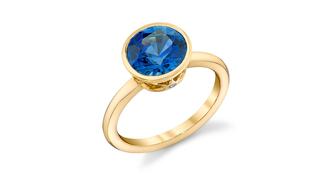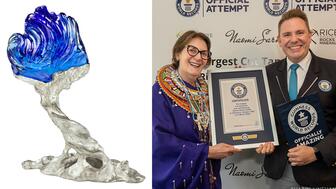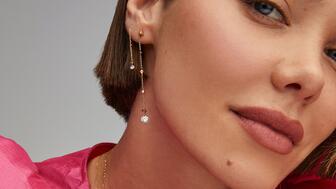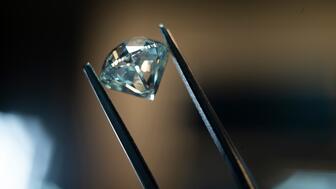De Beers’ rough diamond sales were down 18 percent year-over-year in its latest round of sales.
8 Things to Know About That Next Generation … Z
They want to change the world, live authentically and celebrate diversity.
London—It might seem crazy to start looking at Generation Z and their habits. After all, some people are still trying to figure out millennials.
And yet their growing purchasing power can’t be ignored—Gen Z’s spending is estimated at between $29 and $143 billion—so the time to start talking about how they think and buy and has come.
Gen Z is the generation immediately following Generation Y (millennials), generally classifying those born between about 1995 and 2010, meaning its oldest members are in their early 20s.
To offer the industry critical information about this demographic, CIBJO’s Jonathan Kendall, president of its marketing and education commission, released a special report ahead of its 2019 Congress highlighting the habits of the next consumer generation.
Here are eight insights to keep in mind.
1. Social media is a vital part of their lives.
This isn’t news to anyone and yet it’s one of the most important generation characteristics because it affects so much of their behavior.
It allows them to stay in touch with the global community in ways no other generation before them has been able to and also allows them to compare products, experiences and opinions.
Their travel plans are also heavily influenced by social media, with images, links to cool places to stay and sights to see having a major effect on where they go on vacation. They’re also spontaneous in their planning, booking usually no more than three months prior to travel.
The opportunity in this space for jewelers is great, Kendall argues, if product and messaging across social channels meets their aspirations and desires for unique experiences and authenticity, offering a limitless potential client base.
2. They want careers that will change the world.
Research shows that 40 percent of this demographic want to become entrepreneurs, with about half of those saying they want to invent something “revolutionary.”
This means, Kendall says in the report, that there exists an opportunity for the industry to support budding entrepreneurs by providing social entrepreneurship programs that offer mentorships, networking or community support.
“We need to encourage younger people to excel and, in doing so, bring into our ranks the new talent which is vital to a vibrant future,” he says.
3. Their No. 1 concern is the environment.
As such, secondhand shopping fully aligns with the beliefs of the sustainably-minded Gen Z, allowing them to keep up with
In fact, one in three members of the demographic expect to buy secondhand clothes, shoes or accessories, which is up 46 percent from the amount reported in 2017. This helps explain the popularity of sites like Poshmark and Depop.
The popularity of the sector is expected to push the re-sale category to $51 billion by 2023.
The jewelry industry is in a good position to benefit from this market, Kendall says, but notes that it needs to find a new way to market to best speak to this consumer group and find ways to rework old pieces into exciting new jewelry.
“This is no longer about cheap-looking secondhand pawn shops,” he states. “This is about a proud new marketing message from leading jewelers, stating that many of their fabulously designed new products incorporate secondhand elements.”
4. They want to look authentic.
Gen Z wants to achieve a retro style, but they want to do it by buying products that actually come from eras past, Kendall notes.
So, jewelers and brands should consider collaborating with vintage brands to create retro products with a modern feel and be sure to tell the story authentically, or seek out actual vintage jewelry items and offer them at stores alongside new merchandise.
5. They’re a gender-aware and gender-diverse population.
According to a Pew Research Center study conducted this year, about 35 percent of Gen Z said they know someone who prefers for others to use gender-neutral pronouns when referring to them.
Members of this generation don’t want to be classified; they want to be fluid.
What’s more, gender neutral products, campaigns and spokespeople are becoming much more commonplace.
The jewelry industry needs to adapt to this thinking as well and be able to step back from men’s jewelry and women’s jewelry to think along gender-fluid lines, Kendall says in his report.
6. They also want to celebrate diversity and imperfection.
Gen Z wants the visual media it sees to reflect the diverse and varied world around them; authenticity and inclusivity need to be carried throughout marketing.
This is true especially when it comes to the models and people featured in ads—they want to see people of different colors, physical features, ages and styles. It’s also important to note: not only do the models not need to be perfect, they shouldn’t be. Gen Z wants to celebrate imperfections and will see campaigns championin this idea as authentic.
7. They rely heavily on word of mouth.
Members of Gen Z prefer recommendations from people they trust, like family and friends.
More than 80 percent of Gen Z customers read reviews before they buy products. Among Gen Z women, about 21 percent read more than 10 reviews before purchasing.
There’s a huge opportunity for jewelry here in getting the demographic group to talk about their experiences to others to build trust in a business.
8. They’re financially savvy—and wary.
Seeing the impact that debt has had on their parents’ generation, Gen Z is wary of buying on credit; they’re more likely to save up for a piece of jewelry and buy when they’re ready than to put it on a credit card.
This means jewelers shouldn’t rely on financing deals to entice younger consumers to buy.
With that noted, they are prepared to splurge; it just has to be worth it for them. The more value added the better, whether that comes from its perceived social value or the environmental responsibility behind it.
The Latest
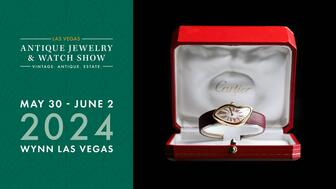

Sponsored by the Las Vegas Antique Jewelry & Watch Show

The Patek Philippe expert will serve as personal curator for the brand-focused company.

With Ho Brothers, you can unlock your brand's true potential and offer customers the personalized jewelry experiences they desire.
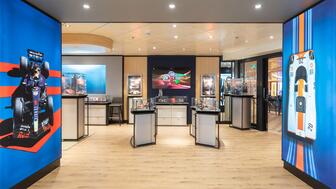
The 553-square-foot shop is aboard the Carnival Jubilee cruise ship.


NDC filed a complaint against Skydiamond for use of phrases like “diamonds made entirely from the sky.”

John Carter received the AGS’s highest honor Tuesday afternoon at Conclave in Austin, Texas.

For over 30 years, JA has advocated for the industry, fought against harmful legislation and backed measures that help jewelry businesses.
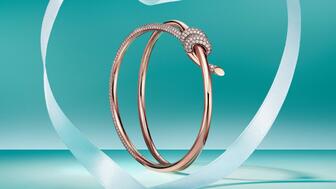
LVMH said the company performed well despite an uncertain geopolitical and economic environment.

B&D Sales and Service held a ribbon-cutting event for its new location in Cranston, Rhode Island.
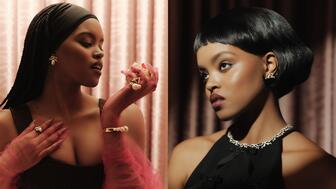
It’s ultra-feminine and filled with gold, pearls, and soft pastels.

Emily Highet Morgan and Emily Bennett have joined the agency’s team.
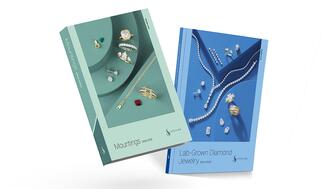
Its updated book for mountings is also now available.

She has been with the organization since 2010, most recently serving as its chief officer of PR and industry relations.
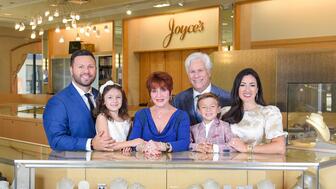
Joyce’s Jewelry sued the bank after cybercriminals drained its accounts of nearly $1.6 million through a series of wire transfers.

He is remembered by loved ones for his loyalty, integrity, and kindness.

Hosted by Freeman’s | Hindman, the sale will take place May 7-8.
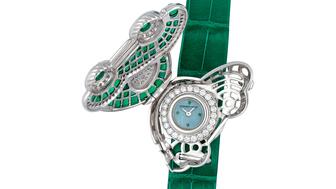
The auction house said all 24 timepieces offered in its underground sale of rare and avant-garde watches quickly found buyers.

From lab-grown diamonds and AI to the inevitable Taylor Swift mention, here are some of Conclave’s most intriguing educational offerings.

From cybersecurity liability to trade show coverage, insurance experts share tips on how to build the right policy.
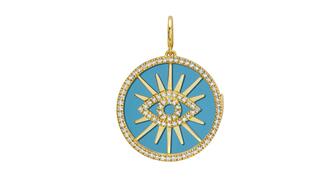
The charm is a modern rendition of the evil eye amulet that has been worn for thousands of years.

Ahead of its trade show next month, TJS awarded free registration and accommodations to one jewelry professional and three students.

By the end of this year, SRK’s diamond manufacturing complexes will achieve net zero emissions, one of an impressive array of achievements.

Members can still sell lab-grown stones, it said, but only natural gems are allowed on the show floor.

He is remembered for his charisma, passion, integrity, kindness, and wit.
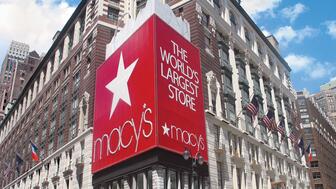
The retailer also appointed two new board members, avoiding a proxy fight from a potential buyer.

The bridal collection consists of 35 engagement rings and seven wedding bands.

